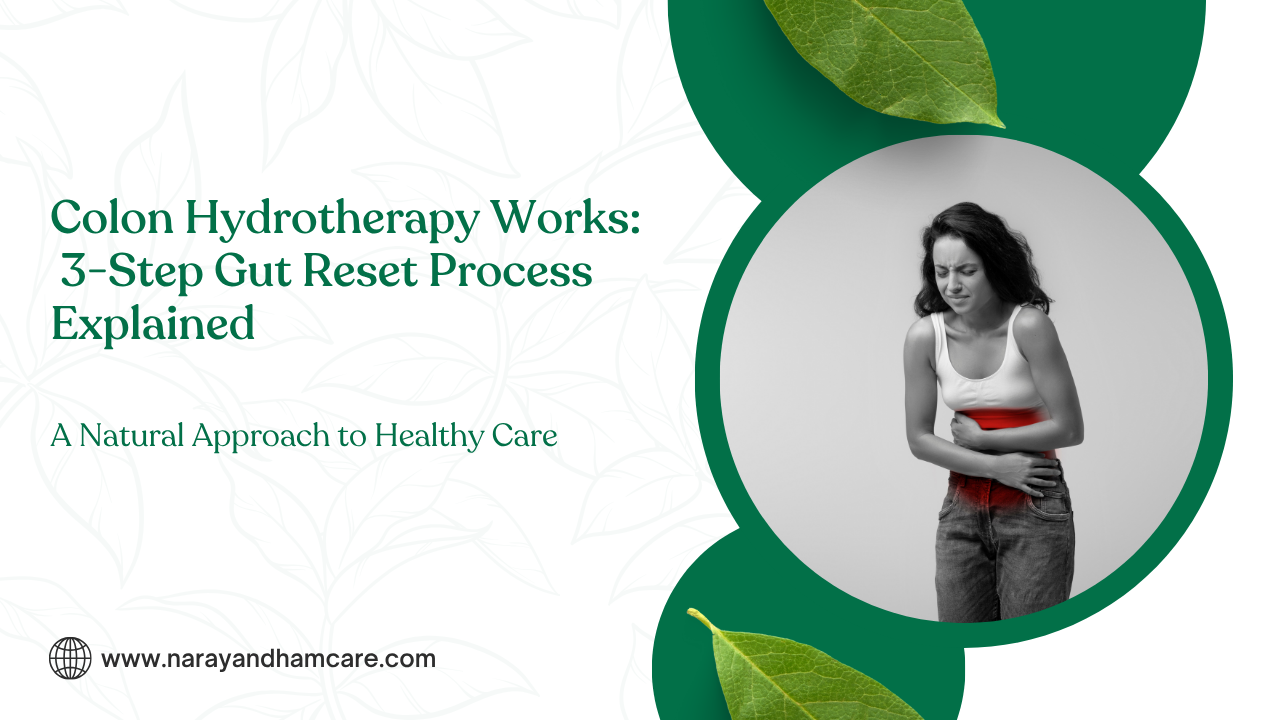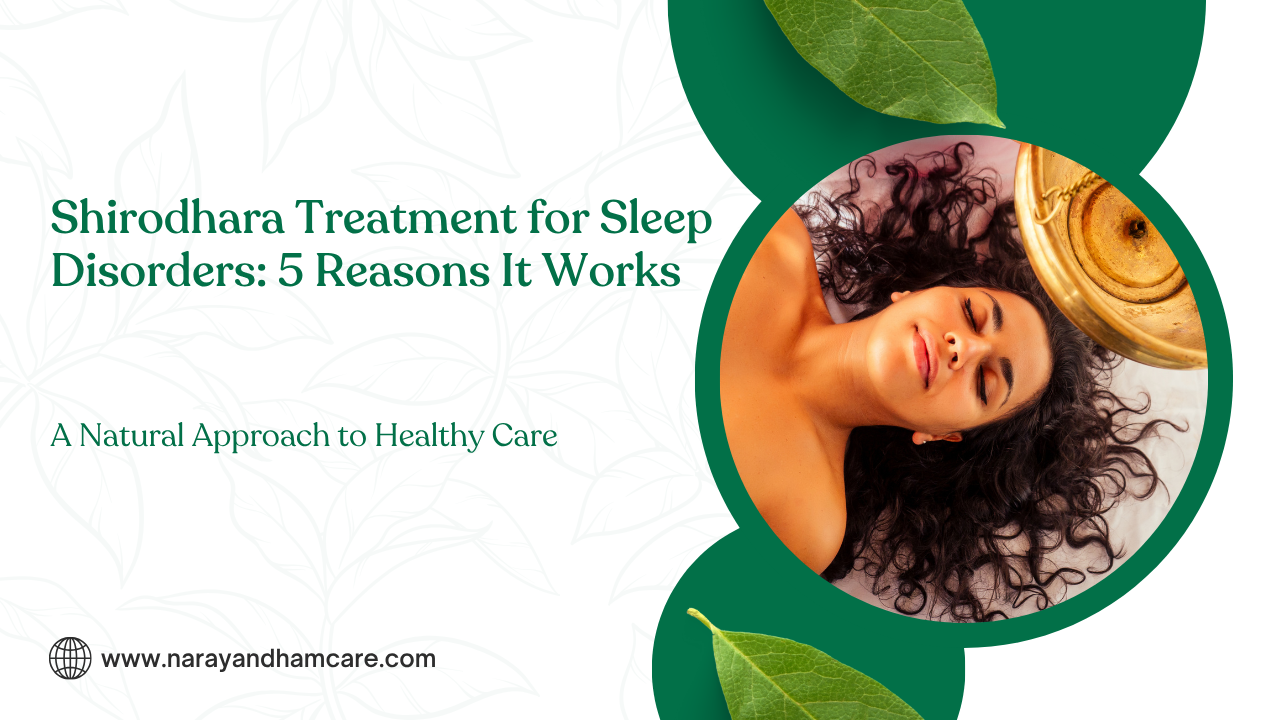PCOD: Introduction
Losing weight with (Polycystic Ovarian Disease) can feel very difficult. You eat healthy, exercise regularly, but the weight just won’t go away. You are not alone—many women with face the same issue.
causes hormonal imbalance, which slows down metabolism and makes it harder to lose weight. But the good news is: weight loss with PCOD is possible! You just need the right strategies.
In this blog, we will share 7 simple and proven ways to lose weight naturally with. These tips are easy to follow and work well for long-term results.
Problem
a common health issue among women today, especially those between the ages of 15 and 40. It occurs when ovaries produce more male hormones (androgens) than needed. This leads to:
- Irregular periods
- Acne and unwanted hair
- Weight gain, especially around the belly
- Difficulty in losing weight
- Mood changes and low energy
Many women try dieting or working out, but regular methods often don’t work because of the hormone imbalance caused by.
That’s why you need a PCOD-friendly approach to weight loss — one that works with your hormones, not against them.
Symptoms of PCOD
Recognizing the symptoms early can help in better treatment. Here are the most common signs :
- Irregular or missed periods
- Excess weight gain, especially in the abdominal area
- Acne or oily skin
- Thinning hair or hair loss from the scalp
- Unwanted hair on the face or body (hirsutism)
- Mood swings or depression
- Trouble getting pregnant
If you experience several of these symptoms, it’s best to consult a doctor and begin natural management methods like those shared below.
Solution: 7 Proven Strategies to Lose Weight with PCOD
These steps are practical, science-backed, and recommended by health experts for natural weight loss.
1. Follow a Low GI (Glycemic Index) Diet
Eating the right foods is the most important part of weight loss.
Low-GI foods help manage insulin levels and reduce fat storage. Choose:
- Whole grains (brown rice, oats, quinoa)
- Legumes and lentils
- Leafy greens and non-starchy vegetables
- Fruits like apples, pears, and berries
- Healthy fats like ghee, nuts, and seeds
Avoid sugar, soft drinks, fried snacks, and white flour.
Keywords:diet for weight loss, low GI foods, insulin resistance diet
2. Do Regular Exercise (But Not Too Intense)
Too much cardio or heavy workouts may increase cortisol (stress hormone) and worsen. Instead, choose:
- Walking or light jogging (30–45 minutes daily)
- Yoga and stretching
- Strength training (2–3 times a week)
- Dancing, swimming, or cycling
These exercises support weight loss and improve hormonal balance.
Keywords: best workout friendly exercises, weight loss plan
3. Practice Intermittent Fasting (IF)
Intermittent fasting means eating in a fixed window and fasting the rest of the time. A popular and safe method is 16:8 — fasting for 16 hours, eating during 8 hours.
It helps reduce insulin levels and supports fat burning.
Start slowly (12:12) and consult a nutritionist before making big changes.
Keywords: intermittent fasting, fasting for hormonal balance, fat loss
4. Stay Hydrated and Drink Herbal Teas
Water helps flush out toxins, improves digestion, and reduces cravings. Aim for 2–3 liters of water per day.
Also try herbal teas like:
- Spearmint tea – reduces androgens
- Cinnamon tea – supports blood sugar control
- Ginger or turmeric tea – reduces inflammation
Keywords: herbal teas drinks for weight loss, hydration tips
5. Sleep 7–8 Hours Daily
Lack of sleep can worsem symptoms and lead to weight gain. Sleep helps balance leptin and ghrelin, the hormones that control hunger.
Make a calming bedtime routine:
- Avoid screens 1 hour before bed
- Try meditation or deep breathing
- Use calming oils like lavender
Keywords: sleep routine, hormone balance with sleep, natural weight loss
6. Reduce Stress Through Yoga & Meditation
Stress increases cortisol, which worsens and leads to belly fat. Yoga and mindfulness help reduce stress and balance hormones.
Try yoga poses like:
- Butterfly pose (Baddha Konasana)
- Cat-cow stretch (Marjaryasana-Bitilasana)
- Child’s pose (Balasana)
- Bridge pose (Setu Bandhasana)
Practice for 20–30 minutes a day.
Keywords: yoga, stress relief, meditation for hormonal balance
7. Use Natural Supplements (After Medical Advice)
Some natural supplements help improve metabolism and hormone balance. These include:
- Inositol – supports insulin sensitivity
- Vitamin D – improves mood and fertility
- Ashwagandha – reduces stress and balances cortisol
- Cinnamon extract – improves sugar metabolism
Always speak to a doctor or nutritionist before taking any supplement.
Keywords: natural supplements, vitamins, Ayurveda weight loss
Frequently Asked Questions (FAQ)
Q1. Is it really possible to lose weight with PCOD?
A: Yes, with the right diet, exercise, and stress management, many women have successfully lost weight and reversed symptoms.
Q2. How long does it take to see results?
A: It depends on your body. Some women notice changes in 4–6 weeks, while others may take 2–3 months. Consistency is key.
Q3. Does PCOD go away after weight loss?
A: Weight loss helps reduce symptoms, needs lifelong healthy habits to stay under control.
Q4. Can I follow a normal diet and still lose weight with PCOD?
A: No. A normal diet may not suit PCOD. You need a hormone-friendly, low-sugar, high-fiber diet for best results.
Q5. Do I need to take medicines to lose weight with PCOD?
A: In some cases, doctors may suggest medicines. But many women manage naturally with the right lifestyle and diet.
Conclusion
Losing weight may seem hard at first, but with the right steps, it is 100% possible. The key is to focus on balancing hormones, not just calories.
Start small: eat cleaner, move gently, sleep better, and stay calm. These small daily actions will lead to big changes over time.
Remember: you are not alone, and your body can heal naturally with love, care, and patience.
Have questions or tips to share? Leave a comment below and let’s help each other!





